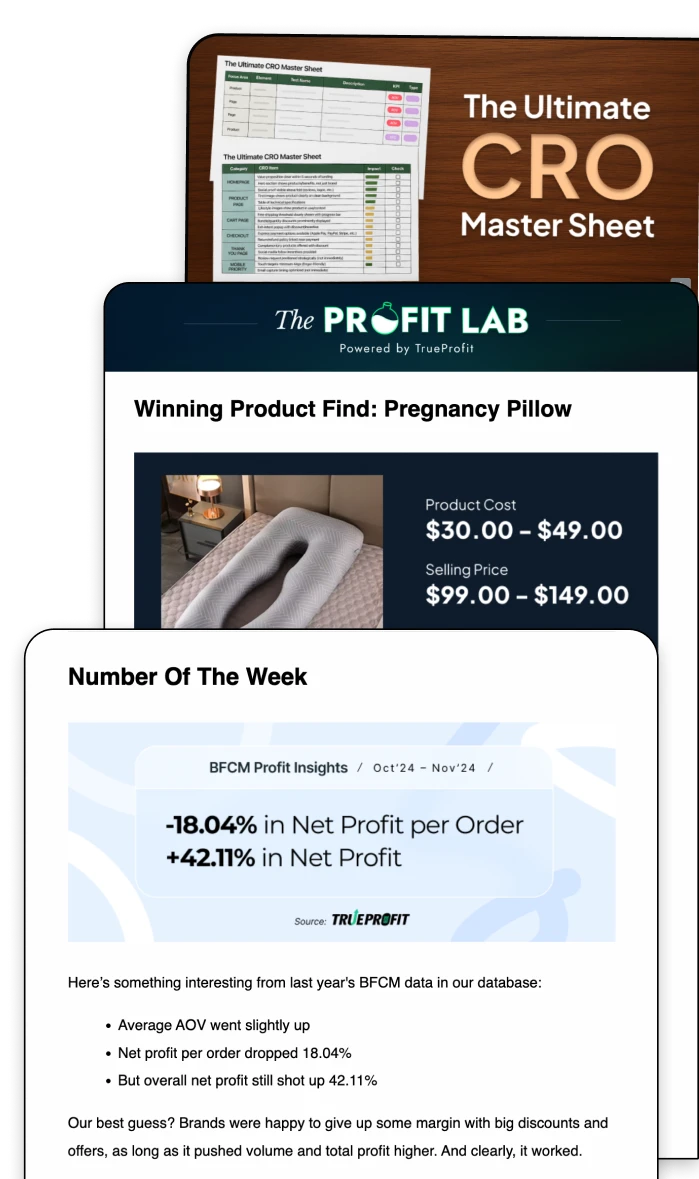Average Ecommerce Profit Margins in 2025 (By Niche)
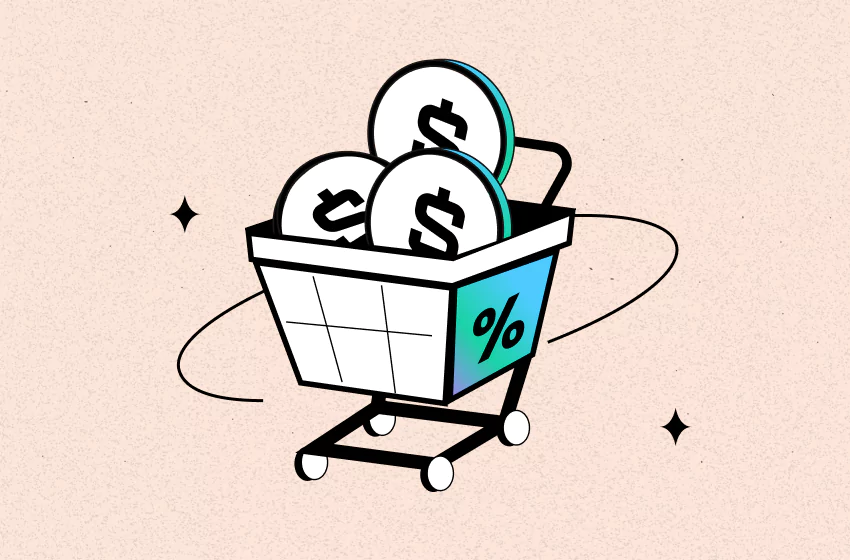
A good profit margin in eCommerce typically falls between 20% to 40%, depending on your niche, product type, and business model. This range allows you to cover operational expenses, invest in marketing, and still grow sustainably.
If you're selling low-ticket items with high volume, a 10–20% margin might work. But if you're focused on premium or niche products, you’ll want margins closer to 30–50% to stay profitable, especially with rising ad costs and competitive pricing.
In this guide, we’ll break down what a good one looks like, and how you can improve yours to build a more sustainable and profitable brand.
What Is a Good Profit Margin for Ecommerce 2025?
Ecommerce profit margin refers to how much money your online store keeps after covering all costs - expressed as a percentage of revenue. It's one of the most important indicators of how efficiently your business turns sales into actual profit.
Business Types Benchmarks for Ecommerce Profit Margins 2025
A “good” e-commerce profit margin depends on your business model, niche, and cost structure. But here are 2025 industry benchmarks to guide you:
Business Type | Average Net Profit Margin |
|---|---|
10% | |
Print on Demand | 10% – 20% |
Branded DTC Store | 25% – 45% |
Subscription Business | 30% – 50%+ |
These numbers reflect net profit margin, meaning what’s left after deducting product cost, ads, tools, shipping, and overhead. If you want to quickly check your margin, try this free ecommerce profit margin calculator.
Why E-commerce Profit Margins Matter in 2025
With higher ad costs, rising shipping fees, and tighter competition, even a small margin improvement can mean the difference between thriving and shutting down. Smart ecommerce brands don’t just focus on revenue, they optimize margins by:
- Lower Your COGS
- Increase AOV (Average Order Value)
- Optimize Ad Spend
- Reduce Operational Waste


Four strategies to improve ecommerce profit margins
How to Calculate Your Ecommerce Profit Margins
Ecommerce profit margin measures how much money your store keeps after covering all costs associated with selling products online. It's typically expressed as a percentage of your total revenue.
There are two main types:
- Gross Profit Margin: Revenue minus Cost of Goods Sold (COGS).
- Net Profit Margin: Revenue minus all business expenses (COGS, ads, tools, salaries, shipping, etc.).
Ecommerce Net Profit Margin Formula
Example:
If you generate $50,000 in revenue and have $10,000 in net profit:
Knowing your margin gives you clarity on how much actual income you're making per dollar earned. Want to learn more about other metrics? Check out our list of 15+ essential e-commerce metrics.
How to Improve Your Ecommerce Profit Margins (+ Examples)


Improving your profit margins isn’t about one big change - it’s about making small, smart moves across multiple areas of your business. Here are the most impactful strategies to increase ecommerce profit margins in 2025:
1. Lower Your COGS
In eCommerce, COGS includes manufacturing, packaging, shipping from supplier to warehouse, and any import taxes or duties. It matters because your product cost can directly eat into every order’s margin. Especially, for dropshippers and POD stores, supplier costs vary widely - negotiation or switching can unlock better deals. Here’s some lowering COGS tactics you can try:
- Negotiate with fulfillment partners: If you use 3PLs or dropshipping platforms like CJdropshipping or Zendrop, negotiate per-unit or volume shipping discounts.
- Use supplier marketplaces (Alibaba, 1688) to source alternate options.
- Redesign packaging to be lighter or smaller—reduces shipping costs and returns from damaged goods.
2. Increase AOV (Average Order Value)
This is one of the fastest ways to grow your profit margins without spending more on ads. Your CAC is fixed per customer, so the more they spend, the higher your ROI per order. Hence, increasing AOV offsets fulfillment and transaction fees. Here are increasing AOV tactics that work:
- Pre-purchase upsells: Add “Complete the look” or “You might also like” sections on your product pages.
- In-cart offers: Free shipping thresholds ("Spend $50 more for free shipping") drive upsell behavior.
- Post-purchase upsells: Offer add-ons after the first purchase using one-click upsell apps like Zipify or ReConvert.
3. Optimize Ad Spend
Ad costs are a profit killer - especially if you’re scaling aggressively without tracking true profitability. Platforms like Meta and TikTok charge you upfront. But you may not see profit until the second or third order. Moreover, many eCom stores are unprofitable at the first purchase. To optimize for ad spend, here’s what we would recommend:
- Track CAC vs. LTV in real time: Tools like TrueProfit help you know when you're scaling profitably.
- Use product-level ROAS: Instead of average ROAS, break it down by SKU so you know which products are eating margin.
- Retarget smarter: Set up segmented campaigns (e.g. loyal customers, abandoners, recent viewers) to improve ROAS and reduce CAC.
4. Reduce Operational Waste
Every tool, integration, or manual workflow adds hidden costs - and most eComm brands are bloated with them. This matters because monthly app subscriptions and slow ops eat into profit quietly. Also, manual work often means higher payroll or lost time for your team. The most profitable brands aren’t necessarily the biggest—they’re the leanest. Ecommerce is won on margins, not just revenue. Here are where to look for operational waste:
- Subscription audits: Do you really need 3 different reporting tools? Cut overlaps.
- Streamline fulfillment: Use rules in apps like ShipStation or use Smart Order Routing in Shopify to reduce errors.
- Automate workflows: Automate review requests, abandoned cart emails, reporting, or P&L tracking to save time and reduce manual errors.
Understanding key metrics is critical to your store’s success. But calculating and tracking them manually? That’s time-consuming and prone to errors.
Understanding ecommerce profit margins is critical to your store’s success. But calculating and tracking them manually? That’s time-consuming and prone to errors.
With TrueProfit, you can instantly access ecommerce profit all your essential metrics in one place - no spreadsheets, no stress. Join thousands of Shopify merchants who have unlocked a clearer view of their net profit with our real-time profit tracking solution.
Ecommerce Profit Margins FAQs
What is a good profit margin in eCommerce?
A good profit margin in eCommerce typically falls between 20% to 40%, depending on the product category and business model. High-ticket or niche products may allow for higher margins, while low-margin industries rely more on volume.
What is the average profit of an eCommerce business?
The ecommerce average profit margin for businesses ranges from 10% to 30%, with net profit margins usually around 5% to 10% after accounting for expenses like marketing, shipping, and platform fees.
Is 40% a good profit margin?
Yes, a 40% profit margin is considered very healthy in eCommerce. It gives you room to invest in marketing, offer discounts, and absorb fluctuating costs while maintaining profitability.
What is the profitability of eCommerce?
eCommerce is profitable when managed well. Profitability depends on product margins, customer acquisition costs, operating expenses, and retention rates. Brands with optimized supply chains and efficient marketing often see strong net profits.
Is 30% profit margin too high?
A 30% profit margin is not too high—it’s actually desirable in many eCommerce niches. It allows for sustainable growth, especially if your business also faces variable costs like ads or returns.
What is a good markup for eCommerce?
A good markup for eCommerce ranges from 50% to 100%, meaning you sell a product for 1.5x to 2x its cost. This usually translates into a 30% to 50% gross profit margin after accounting for variable costs.
How much can you realistically make with eCommerce?
eCommerce income varies. A beginner might earn $500–$2,000/month, while seasoned store owners can make $10K–$100K+ in monthly profit, depending on scale, margins, and niche.
Is eCommerce still profitable in 2025?
Yes, eCommerce remains profitable in 2025, but margins are tighter. Rising ad costs and competition mean brands need better analytics and tighter financial control to scale profitably.
Which eCommerce is most profitable?
The most profitable eCommerce niches include high-margin products like digital goods, private label supplements, luxury accessories, and subscription-based models due to their low cost and high retention.
Is a profit margin of 20% good?
Yes, a 20% profit margin is solid for many eCommerce businesses. It offers enough buffer to reinvest in marketing and operations while keeping the business sustainable.
Tracy is a senior content executive at TrueProfit – specializing in helping eCommerce businesses scale profitably through content. She has over 4 years of experience in eCommerce and digital marketing editorial writing. She develops high-impact content that helps thousands of Shopify merchants make data-driven, profit-focused decisions.





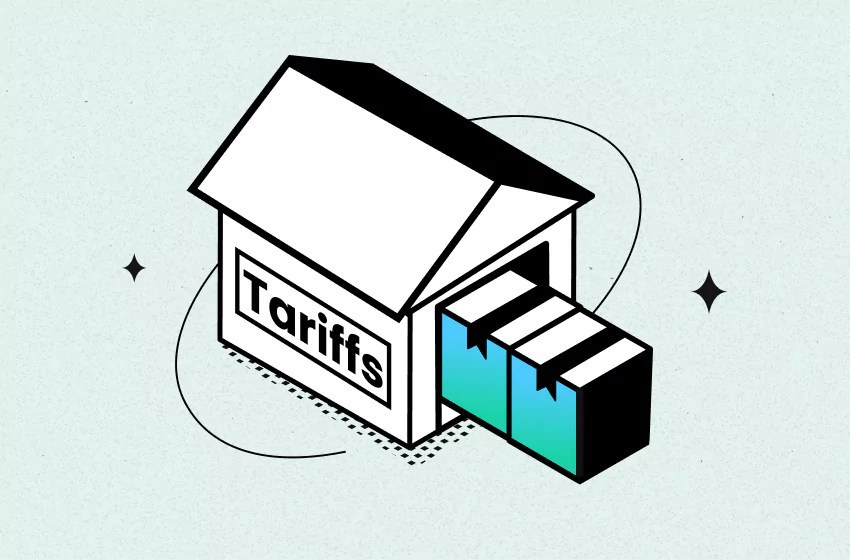

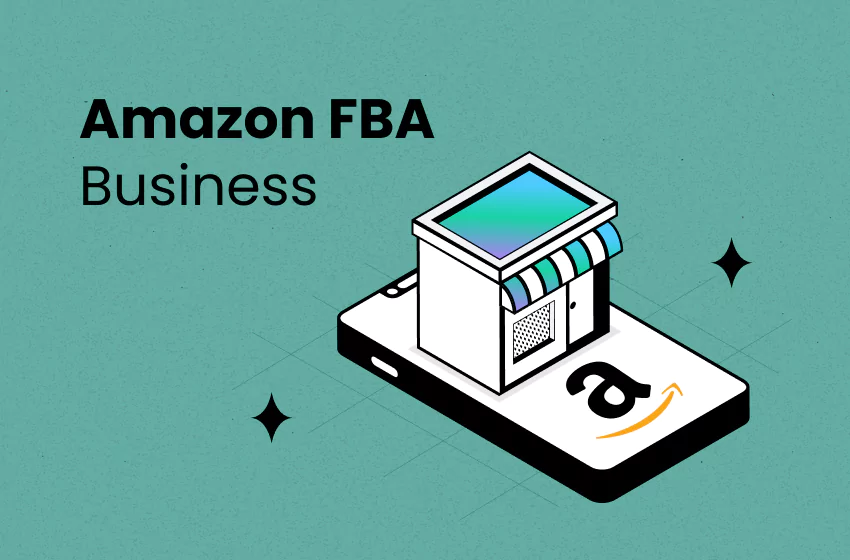


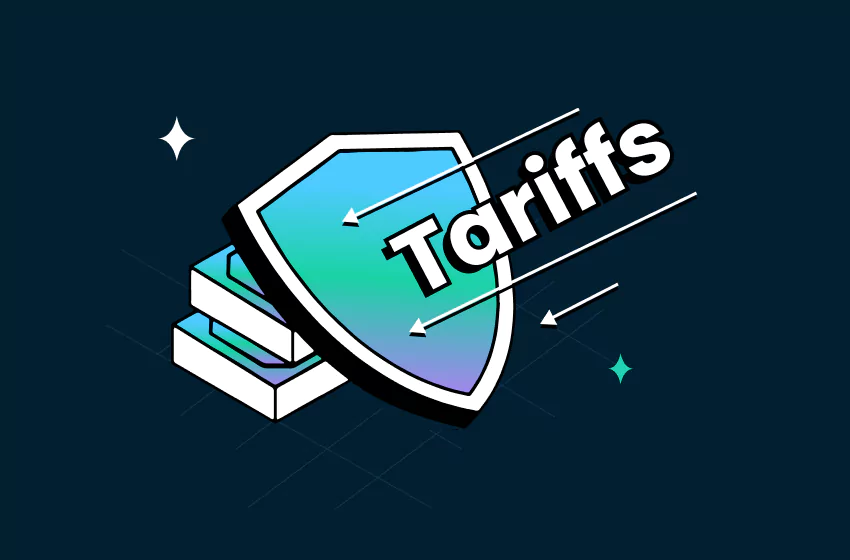
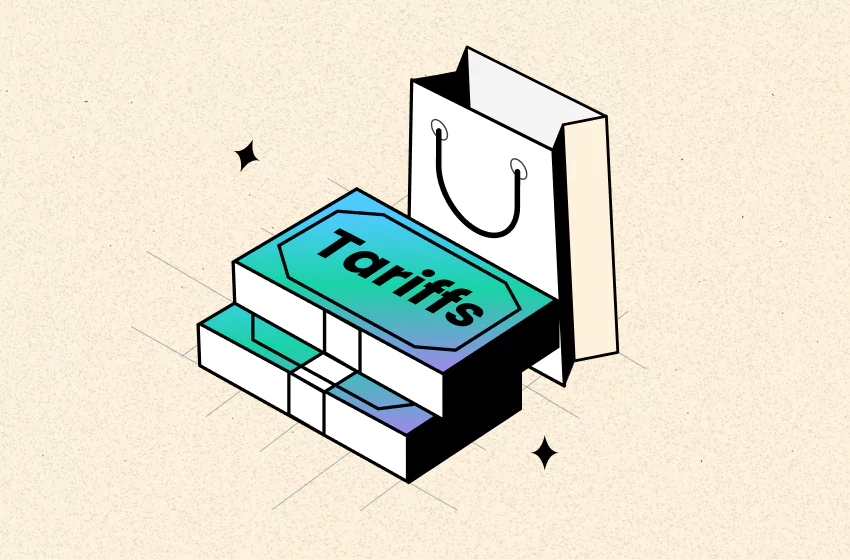
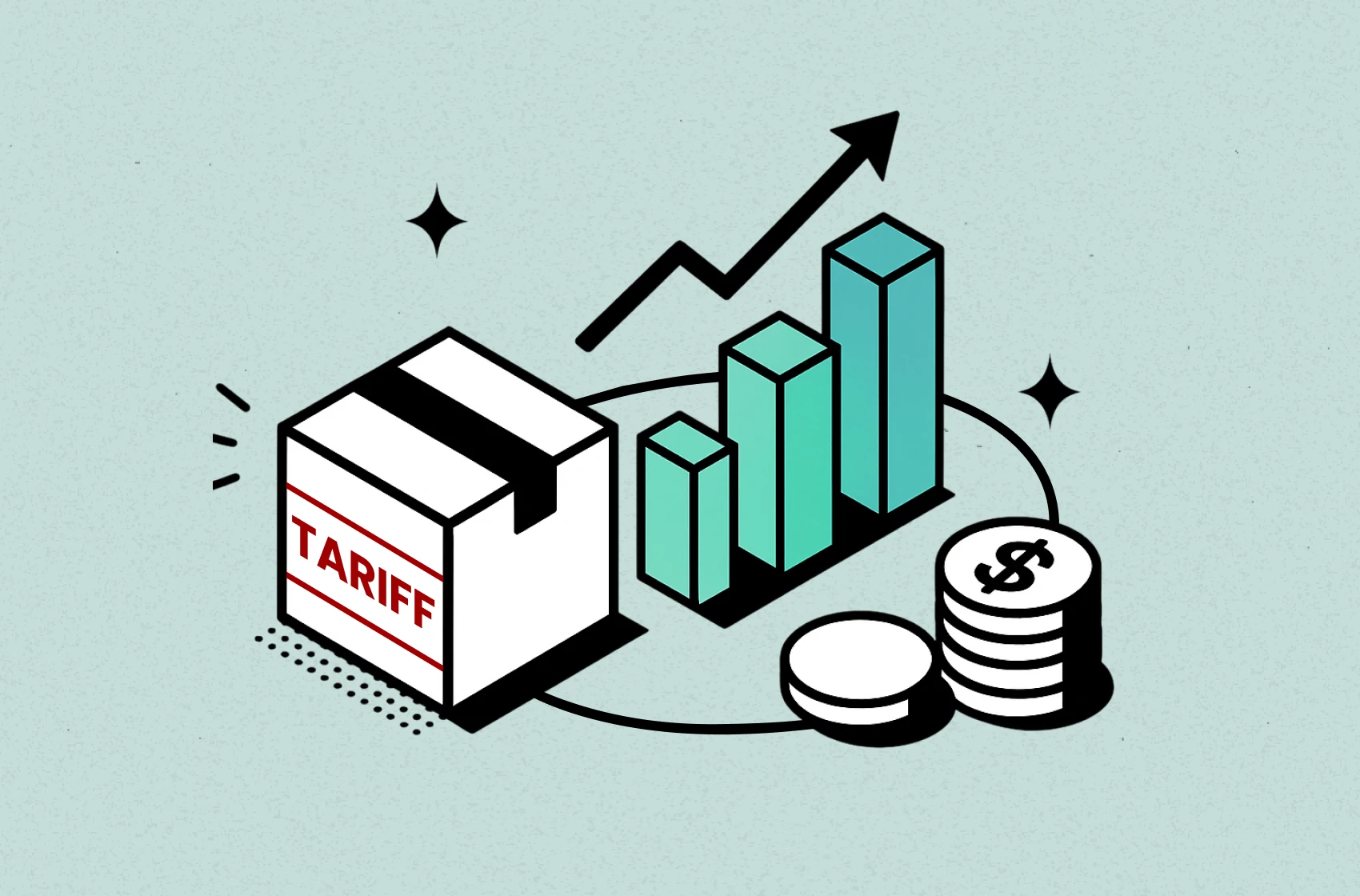
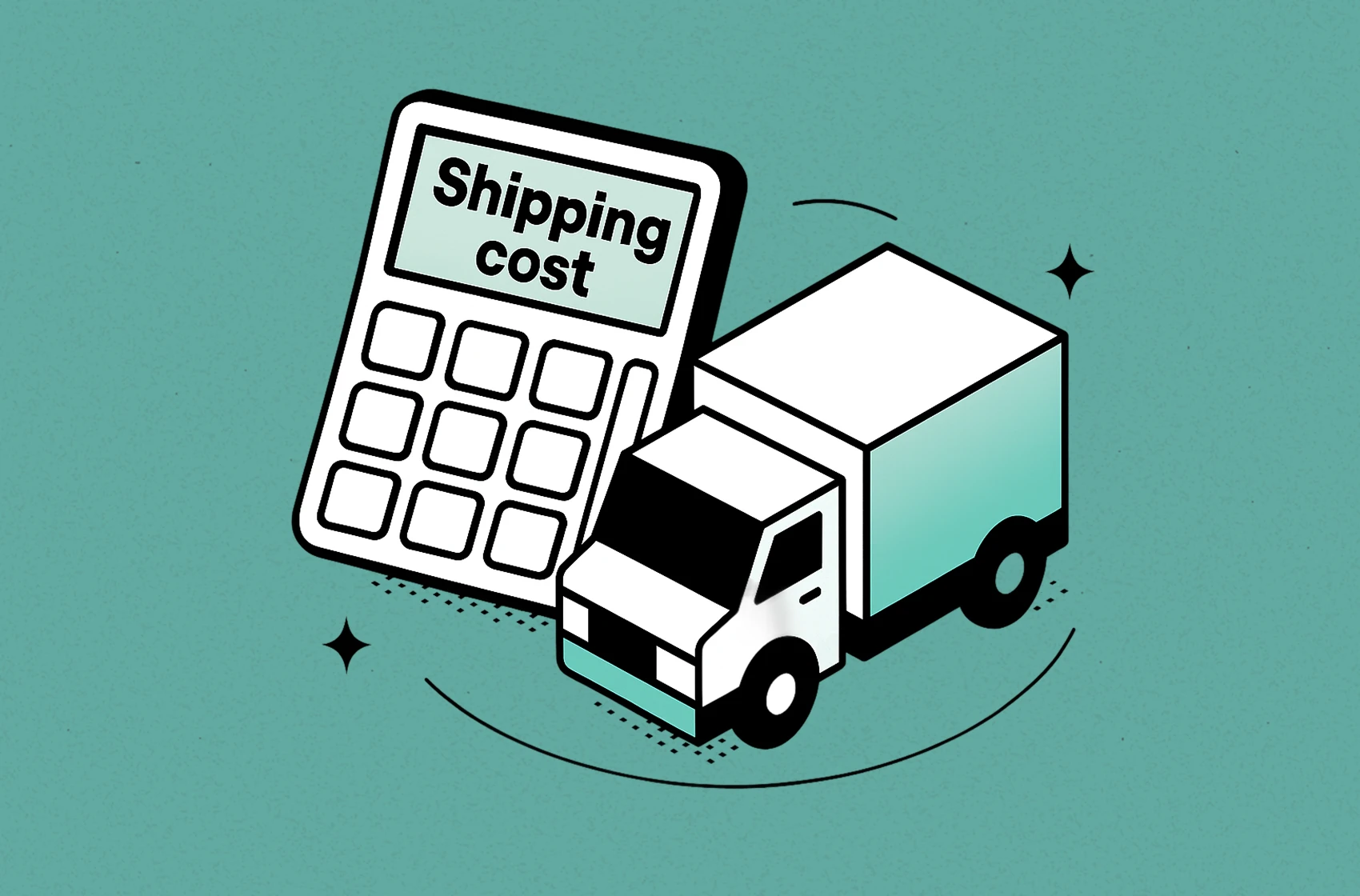
 Shopify profits
Shopify profits